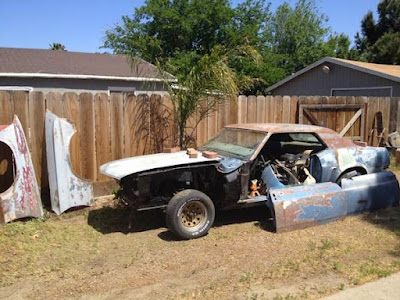I was still having some problems with the electrical system.
Thursday, December 18, 2014
Saturday, September 6, 2014
Monday, September 1, 2014
Sunday, August 24, 2014
Thursday, August 21, 2014
Monday, August 18, 2014
Sunday, August 17, 2014
Subscribe to:
Comments (Atom)


.jpeg)

.jpeg)

.jpeg)

.jpeg)


%2Bof%2BDSC07286.JPG)




